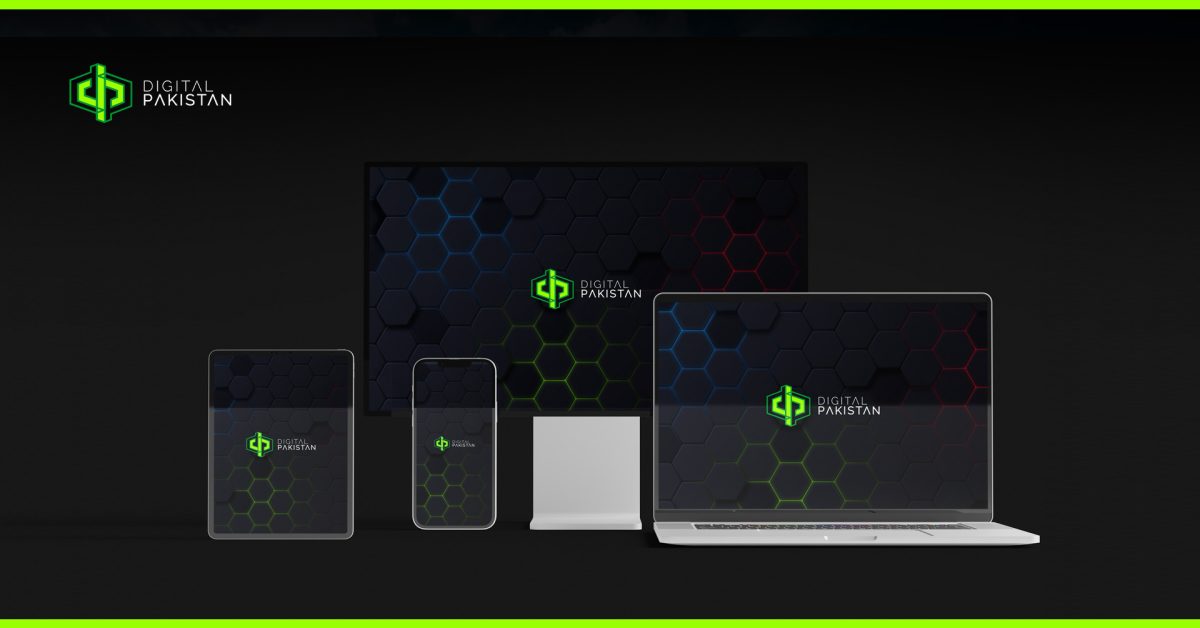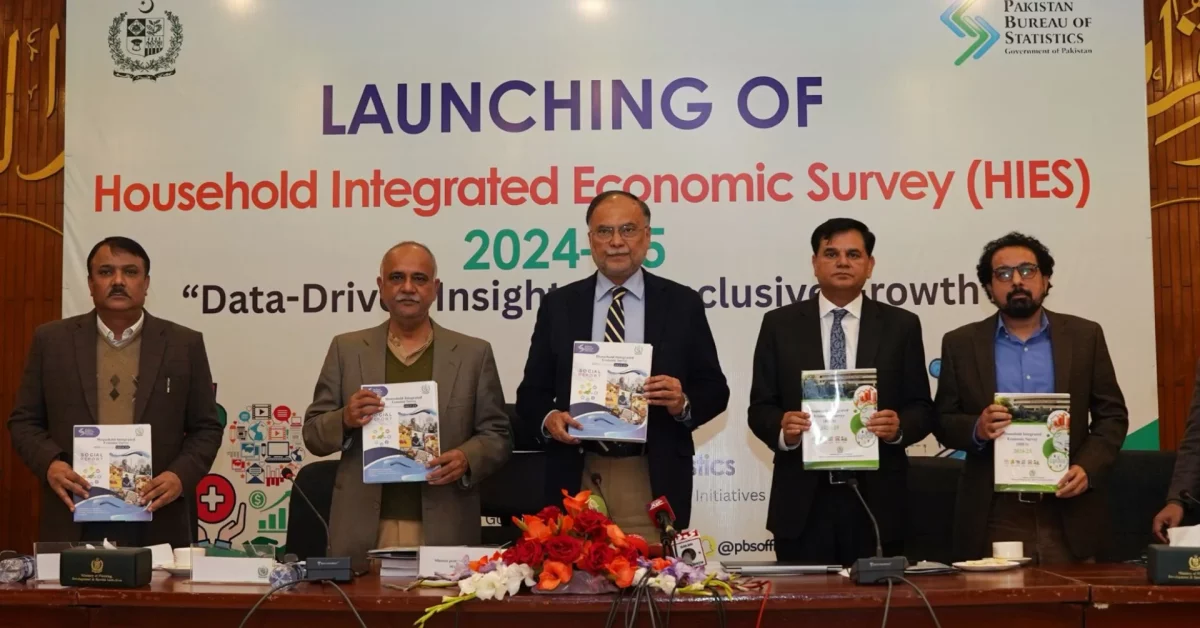
Meta Mayhem and Social Media Blackouts
March 19, 2024
Beyond Boundaries: South Asian Women Excel in Home-Based Careers
March 22, 2024The Advertising Revolution and the Invasion of Screens
Do you remember a time when advertising was limited to billboards, radio jingles, and television commercials? From Candyland’s Fanty TVC to the unmistakable bright yellow and red combination of McDonald’s billboards, the same advert would be available for all to see at a specific time and place, and then we’d move on to the next one.
Fast forward to the present, and the advertising landscape has undergone a profound transformation, courtesy of digitization. In Pakistan, we can see a variety of advertising methods being used, such as social media marketing campaigns, influencer collaborations, and targeted online ads.
For instance, brands are actively collaborating with popular Pakistani YouTubers and Instagram influencers to promote their products and services – I’m sure you’ve seen enough of these to know exactly what I’m talking about. Similarly, digital billboards and interactive displays are becoming increasingly common in urban areas of Pakistan, attracting the attention of potential customers.
Additionally, many businesses are leveraging social media platforms like Facebook and Instagram to reach their target audience with tailored ads and engaging content.
Digital advertising has ushered in an era of unprecedented personalization. Every click, scroll, and search is meticulously tracked, creating a digital footprint unique to each user. This wealth of data allows advertisers to tailor their messages with surgical precision, ensuring that the right product or service lands in front of the right set of eyes.
However, in the famed words of Uncle Ben, with great power comes great responsibility, and thus, with great customization comes concerns about invasiveness. The fine line between personalised recommendations and intrusive ads blurs as algorithms learn more about our preferences than we might willingly share. It’s a paradox of convenience – the same technology that brings us closer to products we love also raises questions about privacy and the boundaries between the digital and the personal.
You search for a pair of sneakers online, and suddenly, every webpage you visit bombards you with tempting offers for athletic shoes. It’s a testament to the power of targeted advertising, but it also begs the question – how much do advertisers really know about us, and at what cost?
The answer lies in the algorithms that analyse our online behaviour, predicting our desires and preferences. While this might seem like a digital invasion, it’s a double-edged sword. On one hand, users benefit from discovering products or services tailored to their needs. On the other hand, the fear of over-surveillance and a loss of privacy looms.
Digital advertising has not only changed the way businesses promote their offerings but also how consumers navigate the online world. As we scroll through our favourite websites, we are constantly reminded that we are both the audience and the product, shaping the evolution of advertising in the digital age.
When navigating the vast digital landscape, we must ask ourselves, are we willing to sacrifice our personal space for the sake of personalised content? And if so, where do we draw the line?
About the Author: With chai and Google Docs as trusted companions, Abrish Nayyar has honed the art of weaving stories, fueled by late-night inspiration and the mundane world. Aspiring to one day be a published author, to her, every article is an inch closer to that goal.






